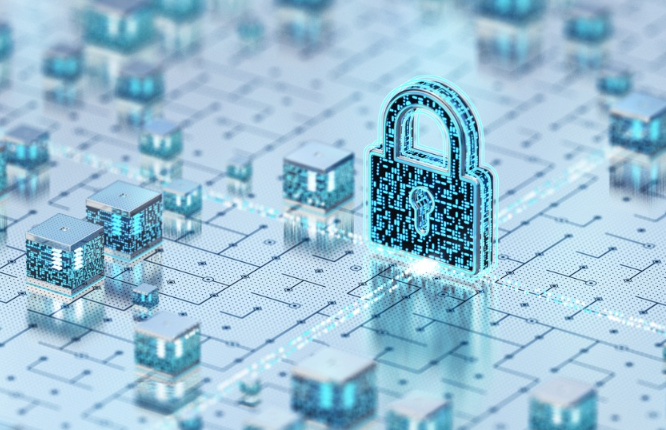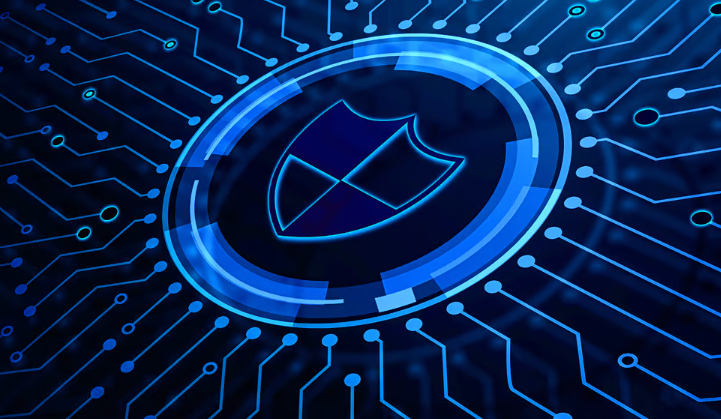How Security Companies protect from insider threats

Admin
AI Research Analyst | 17 February 2025Table of Content












An organization hires a team of professional cybersecurity experts to protect themselves from data loss. Security risks are very high for an organization, but they can be easily managed. However, the biggest issue a company faces comes from insider threats.
Identifying insider threats within the company is a challenging task, as IT professionals already have all the access. But how does the security team manage this, and how do security companies protect against insider threats? Let's discuss here the various challenges they can face.
What Are Insider Threats?
Insider threats are security risks that come from people within the company. It includes employees, contractors, and even individuals who are hired specifically to gather information.
These individuals are part of the organization, and it is difficult for the security team to identify someone who poses a threat to the company. They can access important company data and misuse it, steal it, sell it to others, or even delete it, which can cause great losses for the company. Furthermore, they can hack into the accounts of other employees.
Types Of Insider Threats Within A Company
Malicious Insider
It means employees who intentionally harm their company by selling its data. They may sell this data to a third party, driven by greed or revenge. Sometimes, if they feel they are not receiving any favors from the company, they take such steps, leading to data breaches that can cost the company millions of dollars with just one breach.
These individuals can extract the company's secret information or steal valuable customer data, which can lead to the loss of key customers. Some of them may even be working for competing companies, transferring valuable company information to others.
Negligent insiders
This is a very common problem; in this instance, employees purposefully fail to take action, which leads to common errors that cost the business money. If you are You must exercise extreme caution when handling sensitive company information. For example, some people use the same password for all platforms, which makes it very simple for hackers to get access to these systems. The most popular password in 2024 was 123456, & careless insiders were responsible for 85% of breaches.
There is a greater chance that confidential company information could fall into the wrong hands when workers share or leave their laptops in public places.
Incorrect email typing by employees and inadvertently sending private information to the wrong person are two more common mistakes that can occur here. Additionally, they might open phishing links, which can lead to unauthorized access to data.
Compromised insiders
These are the kinds of negligent insiders that usually exist. Their accounts get compromised.
Compromised accounts: Employees also use the account, and the hacker checks that activity and even uses the account in real time.
It happens because they may have clicked on a phishing link, so whatever activity they perform, everything goes to the hacker.
In this situation, the hacker can manage the system in place of the employee, but the company doesn't realize this, and sometimes even the employee is unaware. The hacker can steal data from the system or even sell important data. According to sources, as of 2023, it took more than 190 days to recognize a compromised account.
Opportunistic insiders
Identifying an opportunistic insider is the most difficult because their behavior is initially normal. They usually have access to most of the company's data, and later they attempt to sell that data for money.
For example, a person who regularly receives important information from the company may start to steal that data after a while. It is difficult to recognize this because, at the start, their nature is good, and when they change, it is hard to believe that they could harm the company.
How Security Companies Protect From Insider Threats
Companies, especially large organizations, often create a mess with their data and do not have a clear understanding of where their data is stored. A company should create a complete roadmap to understand which data is stored in computer offices and which is in cloud-based services (like drives). Additionally, more sensitive data, such as customer information, should always be saved in a more secure location. One issue that may arise is that if, unfortunately, data loss occurs, the data recovery process can be difficult because the recovery team needs to access data from various locations. However, if the company has a roadmap, it will be easier for the recovery team to do their job.
Clear Data Handling Policies
Companies should provide their employees with clear data handling policies, such as which data can be accessed at what time and how much data each employee can access. There should be restrictions on accessing data after a certain time.
It can help identify compromised accounts; for example, if a user's account is compromised, according to company rules, that user will not access data after a specific time. Hackers, on the other hand, may not be aware of these rules and might access data after that time, which could lead to an indication of unusual activity.
According to statistics, companies that establish good data management policies experience 47% fewer incidents.
Smart Access Management
Time-based access control systems from modern organizations make real-time adaptations based on employee performance and risk assessment. Smart buildings function similarly with automatic door control that recognizes both the identity and activities of personnel.
Modern systems now analyze staff behavior to identify departure signals such as excessive file downloads which allows them to modify employee access privileges. The implementation of this approach proves successful by cutting down data theft attempts to 76%.
Continuous Employee Monitoring
Modern ethical monitoring systems from companies implement systems that protect security interests without compromising employee privacy. Organization monitoring technology surveys professional activities without violating individual privacy using AI technology to detect threats without breaching employee protection.
A groundbreaking innovation in employee monitoring has brought about "context-aware" capabilities that differentiate between typical corporate behavior and normal project delays such as late-night file access from vote-of-confidence deadlines.
Data Protection Systems
Data protection in the present era involves systems that extend past basic encryption protocols. The current market employs "intelligent data masking" technology that implements automatic information protection methods according to observer access permissions. A customer service representative observes credit card information up to the last four digits yet billing specialists view all digits.
The current data protection technology features tracking and protecting systems for company network data assets wthatmove beyond the corporate boundary.
Zero Trust Framework
The current security strategy operates under the principle that trust cannot be given to any person, including top-level executive personnel. The process of verification occurs undisturbed to legitimate users, even though every action requires confirmation.
Adaptive authentication represents one of many recent developments which rerequireupplemental verification only when users display erratic behaviors.
Final Words
In 2025, predictive protection technology based on artificial intelligence will become common because AI systems will detect insider threats before they happen. Businesses now pursue proactive security approaches that stop incidents from happening instead of waiting for incidents to occur before responding.
A promising advancement combines mental health care solutions with security protection because previous research shows most insider threats originate from preventable personal mental breakdowns.


